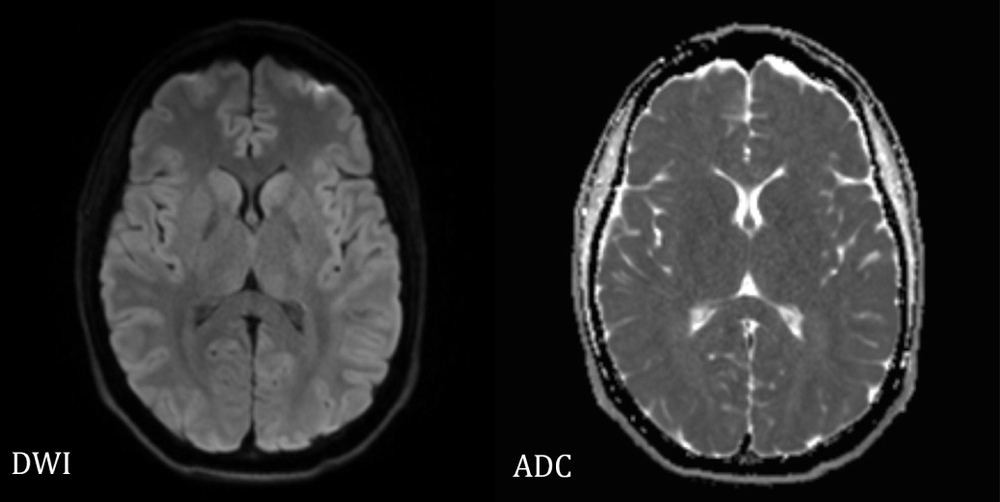About the Project
How do brains generate and adapt finely timed sequential behaviors such as speech and song? What neural processes and learning rules shape and maintain these complex motor skills? A key challenge lies in tracing the outcome of a behavioral sequence (whether success or error) back to the precise neural activity that produced each component of the sequence. This ability is essential for reinforcing effective synaptic connections and weakening ineffective ones. The problem of assigning credit across time delays to the correct neural events is known as the temporal credit-assignment problem.
To investigate this, we study songbirds, which naturally produce structured sequences of vocal elements, termed syllables. Canaries, in particular, learn a repertoire of more than 20 distinct syllables, which they combine into flexible, hierarchical songs lasting 10 to 40 seconds and comprising hundreds of syllables. Their capacity to follow long-range syntax rules makes them an ideal model for studying how the brain learns and controls complex sequences. To acquire such structure, canaries must solve a temporal credit-assignment problem—linking delayed feedback to earlier syllables in order to refine their songs.
To test how this works, we develop deep-learning models that annotate syllables in real time. These models trigger precisely timed perturbations at selected song elements, driving the bird to revise its long-range syntax. By tracking changes in syllable transitions and recording neural activity simultaneously, we uncover how the brain reorganizes its circuits to implement these behavioral adjustments.
In parallel, to complement our experiment, we build biologically inspired neural network models that reproduce the timing and structure of canary songs. These models serve as a testbed to explore how neural circuits integrate feedback, process temporal information, and encode syntactic rules. They allow us to probe cause-and-effect mechanisms underlying the temporal credit-assignment problem in motor sequence learning.
Together, our experimental and computational approaches aim to reveal how the brain preserves and adapts high-performing sequential behaviors. The insights gained may inform research on human motor learning, rehabilitation, and disorders of sequence generation and comprehension.


